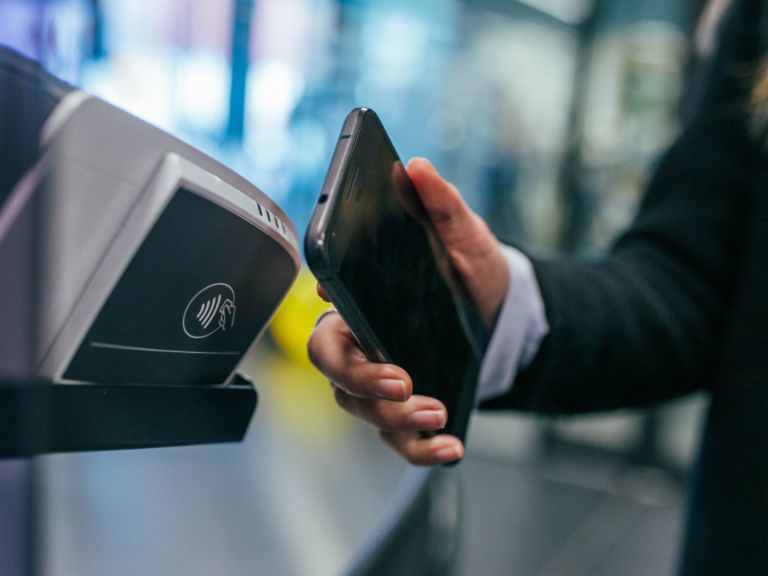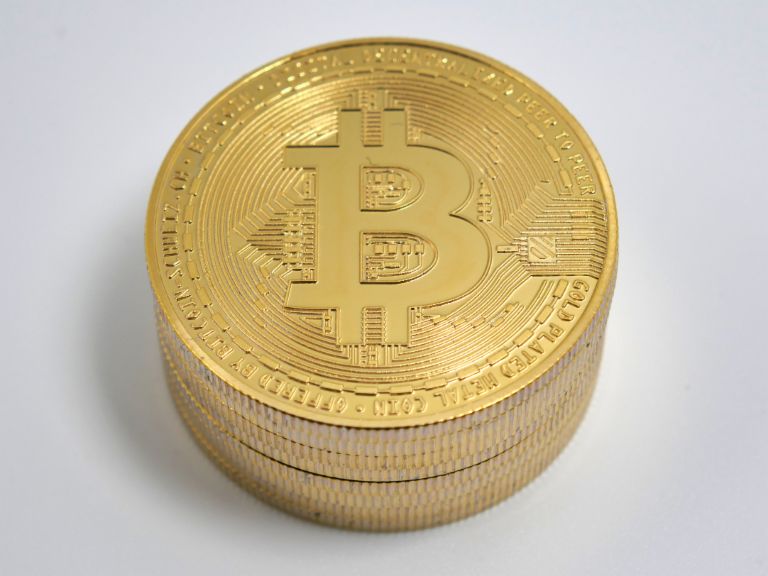Don't be late.
As of the end of 2018, Apple Pay really stirred up the German market for digital payments. It’s never been so easy to pay bills using contactless methods – if you are a consumer, that is. But according to an EOS Survey, for the majority of European companies, digital payment options are the exception rather than the rule. However, anyone wanting to set the agenda in the market needs to wake up fast.
IT companies like Apple and Google are changing global financial markets with their developments. As new gatekeepers, they are even driving customers directly into the arms of companies through their Apple Pay and Google Pay payment services. In many supermarkets, restaurants and gas stations, digital payments by smartphone and other mobile devices are already possible and increasingly popular. Setting up the payment function on the devices using the app is really easy, which means that mobile payment is gaining more and more ground. In the meantime, Google Pay can be used in 26 countries. The German launch was in June 2018 with partners like Commerzbank, Comdirect, or the smartphone bank N26. The most important ally for Google Pay is payment service PayPal. Google Pay can use any German bank account stored and verified by PayPal, so is not reliant on working with other banks. Its competitor Apple initially launched with a little less power, but can already be used in 30 countries. The US company is cooperating with 15 banks in Germany including Comdirect, Deutsche Bank and N26.

IT companies like Apple and Google are changing global financial markets with their developments. As new gatekeepers, they are even driving customers directly into the arms of companies through their Apple Pay and Google Pay payment services. In many supermarkets, restaurants and gas stations, digital payments by smartphone and other mobile devices are already possible and increasingly popular. Setting up the payment function on the devices using the app is really easy, which means that mobile payment is gaining more and more ground. In the meantime, Google Pay can be used in 26 countries. The German launch was in June 2018 with partners like Commerzbank, Comdirect, or the smartphone bank N26. The most important ally for Google Pay is payment service PayPal. Google Pay can use any German bank account stored and verified by PayPal, so is not reliant on working with other banks. Its competitor Apple initially launched with a little less power, but can already be used in 30 countries. The US company is cooperating with 15 banks in Germany including Comdirect, Deutsche Bank and N26.

Whereas consumers in Sweden, for example, are already making digital payments for even the smallest sums, e.g. to pay for a bread roll at the baker's or donate to a street musician, developments in general are very different. Many corporate leaders are still very skeptical about digital payment options. The EOS Survey 'European Payment Practices' 2018 shows: Only 29 percent of European companies are currently offering digital payment methods. The greatest reticence is in respect of crypto-currencies. Only one percent of respondents offer payment with digital crypto-currencies like Bitcoins. And 91 percent of companies cannot conceive of offering such a payment method in the future either. However, despite the general hostility towards them, every third firm is convinced that these modern payment methods could reduce payment delays and defaults on the part of their customers. The will appears to be there, but the problem is the implementation. Yet that's what is absolutely imperative. “In the long term, no-one can afford to be skeptical about digital payment methods,” says Klaus Engberding, CEO of the EOS Group. He also said that many companies were still in the middle of the digitalization process and in addition had simply not yet managed to create modern interfaces to their customers.
Lifestyle banking versus inertia
The Hamburg trend researcher Professor Peter Wippermann knows the reasons behind the imbalance between what is offered to private and business clients: “The inertia of companies in respect of change is not just a problem in bricks and mortar retail but is manifested across industries.” Of course, especially now in an era of digital transformation, it doesn't make economic sense to stick to old systems and sleep through new developments.
Purchasing behaviors are changing at all levels, as are markets. “For a long time now, customer relations have been organized in the digital arena, so companies need to be careful not to miss the boat,” says Wippermann. “The customer is ready.” In the financial sector too, some changes are taking place: “Modern smartphone banks are like communities, and banking transactions are turning into lifestyle bank-ing.” We are still miles away from this in the B2B environment.

For a long time now, customer relations have been organized in the digital arena, so companies need to be careful not to miss the boat. The customer is ready.
What's to be done?
Companies need to automate not just one but several business processes. This calls for a well-conceived strategy. And in most cases this is what is missing. According to data from the industry association Bitkom, company directors often justify their lack of enthusiasm for digitalization by citing a shortage of financial resources and major lack of time.
But the fourth industrial revolution is unstoppable. Some will shape it, while the rest will then at some point have to follow the new standards. And Professor Wippermann has already spotted the next trend on the horizon: voice commerce. “It won’t be long until we are doing payment transactions using digital voice assistants.” As always, this will happen initially in the B2C segment, but watch out companies all over the world, you'll be next! Life punishes those who come too late.
Photosources: Photo by Sonja Langford on Unsplash, Photo by Jonas Leupe on Unsplash, Photo by Jürg Kradolfer bitcoin-schweiz.ch on Unsplash, Photo by Peter Wippermann
